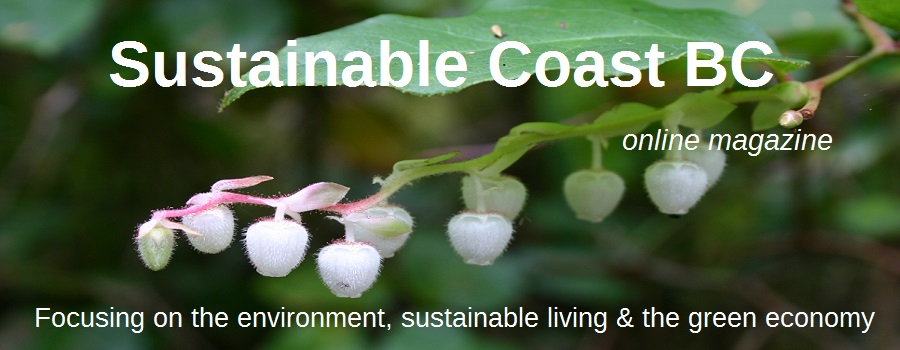Transitioning
- Details
- Category: Uncategorised Uncategorised
- Published: 29 March 2010 29 March 2010
Not just plants: When we think about species extinction and the collapse of ecosystems rarely do we think about cows, chickens, and apples as being in danger of extinction. In the United States more than 7,000 apple varieties were grown in the last century; today over 85% of these varieties (more than 6,000) are extinct. Two apple varieties account for more than 50% of the entire U.S. crop.( MacIntosh and Red Delicious)
We are losing genetic resources for food and agriculture at an unprecedented rate. If we are to adapt food production systems to radically changing conditions in the coming decades, plant and animal genetic diversity will be the single most critical resource for doing so. We need to recognize the importance of agricultural biodiversity.
We need to heed the old saying “don’t put all your eggs in one basket” and add “don’t rely on one chicken” because we may not have any eggs.
Industrial agriculture with mass production of food coupled with large global monopolies controlling not only seed stock, but meat and egg production is rapidly eliminating future choices.
We are now beginning to dialogue and take action about food security. Many of our actions such as seed banks, “Seedy Saturdays” and growing our own gardens are helping preserve seed stock. These are all great actions.
We also need to immediately start protecting domestic livestock breeds. While of the 50,000 or so vertebrate species only about 40 species of mammals and birds are considered domesticated species, these creatures have a significant impact on our lives. Very simply a pig is more than a pork chop! According to the United Nations Food and Agriculture Organization (FAO), domestic animals species provide an estimated 30-40% of the value of all food and agriculture production worldwide. 1/3 of the world’s population depends on livestock for some portion of their livelihood. While domestic account for 20% of the world’s food basis directly: indirectly domestic animals contribute greatly to human existence in many ways such as livestock process forage and crop waste that is inedible by humans into a wide range of services and products. Livestock provides fibre, drought work, transportation, pest control, companionship, hides, wood, tallow, bone and manure. Think food, clothing, transportation, fuel, fertilizer and comfort as well as meat.
Domestic livestock breeds are disappearing at the alarming rate of 6 breeds per month. 1/3 of the 250 types of domestic farm animals in the United States and Canada could disappear soon. African, Asian, and Latin American countries are facing even higher extinction rates, and it is these countries that hold the original genetic links to all domesticated animals. Breeds that have adapted to extreme weather conditions, rugged terrain, and food and water shortages are disappearing.
Industrial standardization is creating an over-reliance on just a few breeds.
83% of all dairy cows are from Holstein stock.
60% of beef cattle are Angus, Hereford or Simmental breeds
90% of all turkeys are Broad-breasted Whites
Industrial mass food production means global monopolies are controlling breeding stock. It means animals are being engineered to produce food but they can not survive outside of controlled “Farm/factory”. For instance the Broad-breasted White has been bred to produce the largest breast; the breast is so large the turkeys are unable to reproduce naturally without artificial insemination performed by humans. Without human intervention this breed would become extinct in just one generation. Industrial mass food production destroys cultures and environments around the world. Costly experiments in India and Africa have not produced more food but they have destroyed existing breeds. An experiment of introducing Holstein breeds to villages in India and castrating native cattle so they would not breed created a disaster for local sustainability when Holstein offspring did not survive 6 months and villagers were left without their traditional methods of producing food.
Farming, herding, growing gardens must be ways of the future as well as the past. When we think about LOCAL FOOD PRDUCTION we must realize there are many different conditions and cultures around the world and domestic animal play a significant role in our world.
